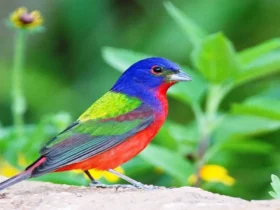In the world of tiny and vibrant avian wonders, the Ruby-throated Hummingbird (Archilochus colubris) reigns supreme. With its iridescent plumage, remarkable agility, and unique feeding habits, this enchanting bird captures the hearts of birdwatchers and nature enthusiasts alike. Join us as we explore the captivating world of the Ruby-throated Hummingbird, uncovering its appearance, behavior, migration patterns, and the joy it brings to those who encounter it.
Ruby-throated Hummingbird images
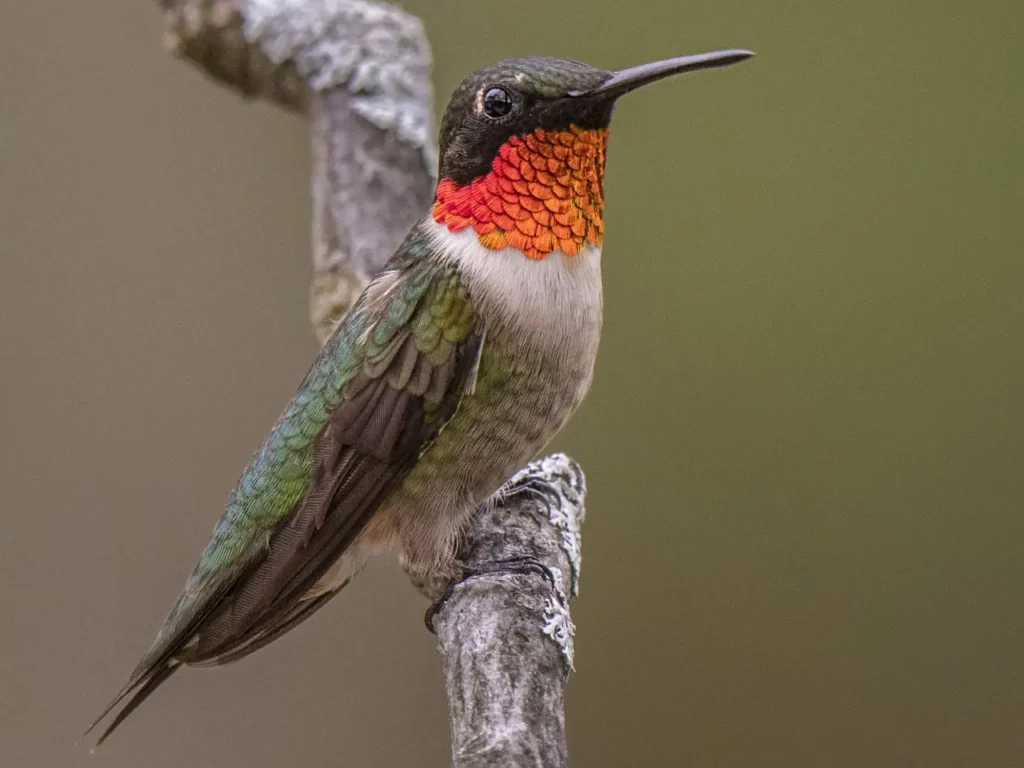
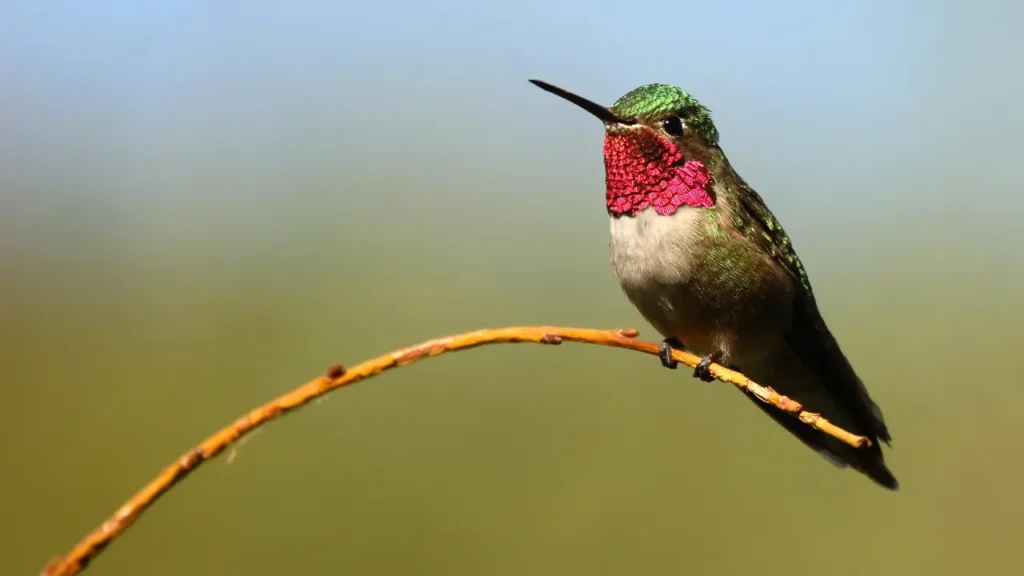
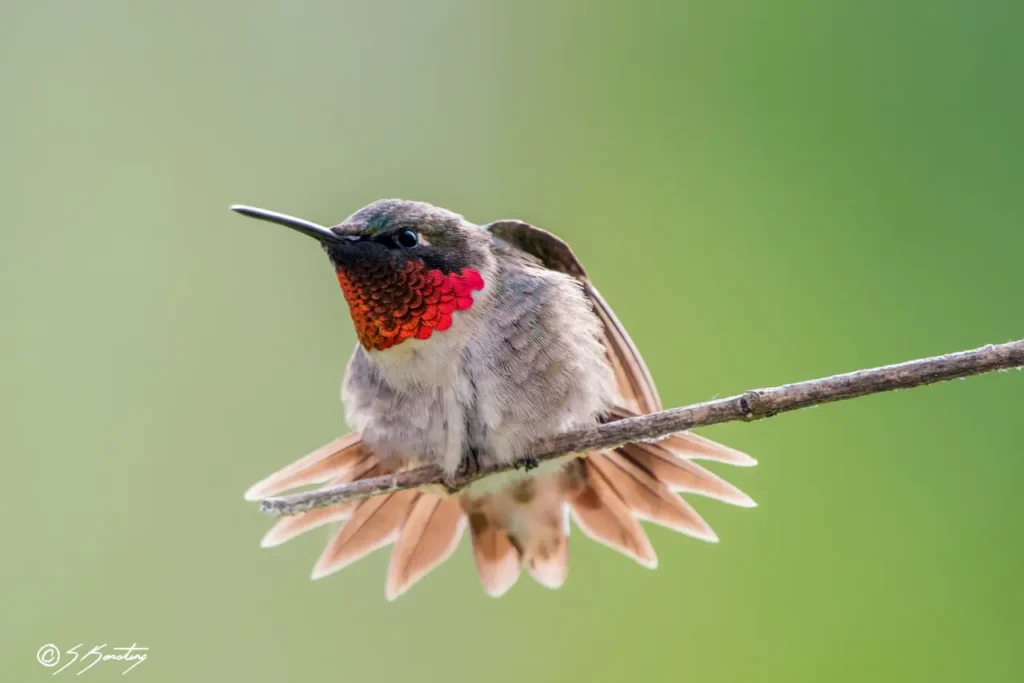
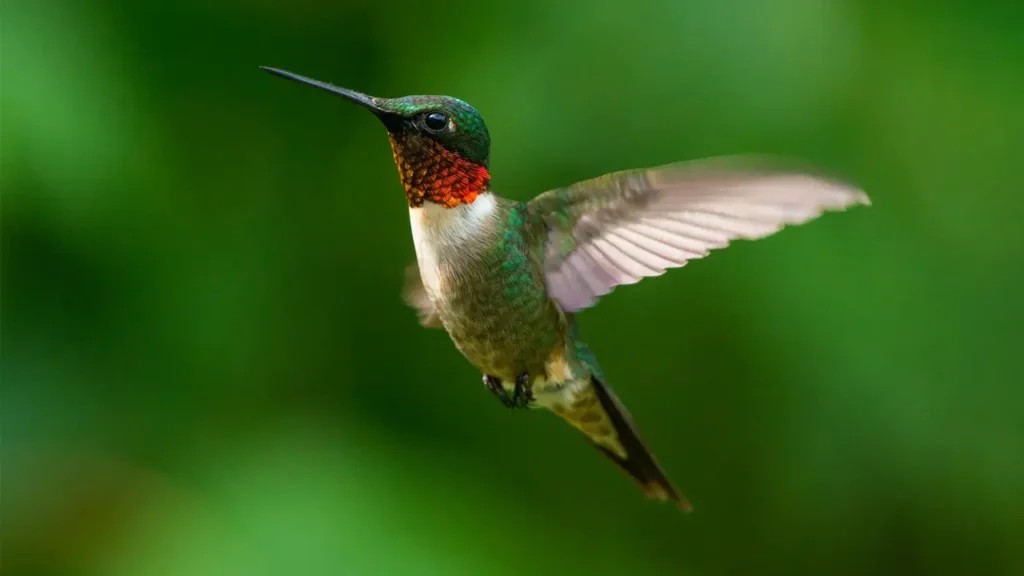
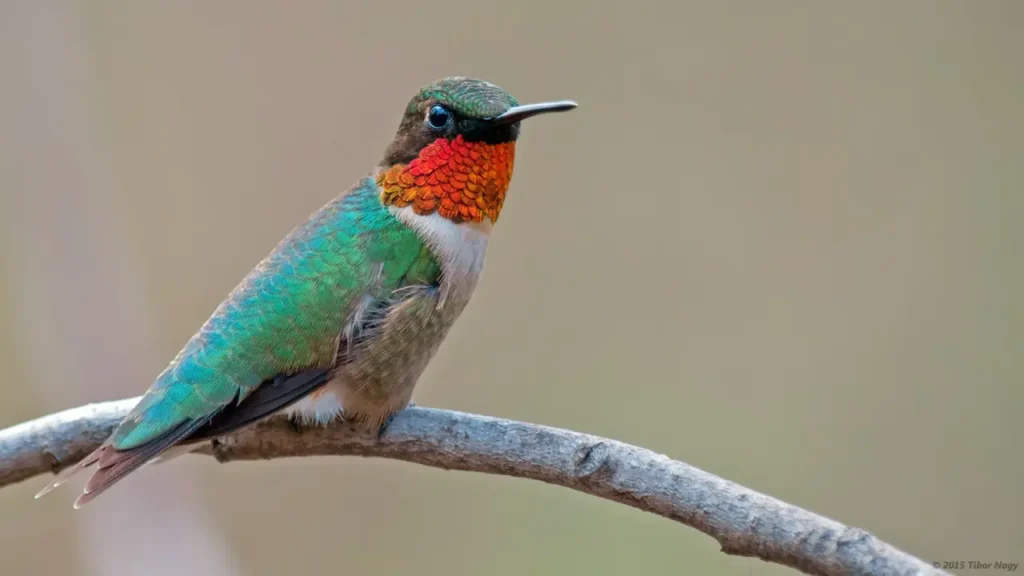
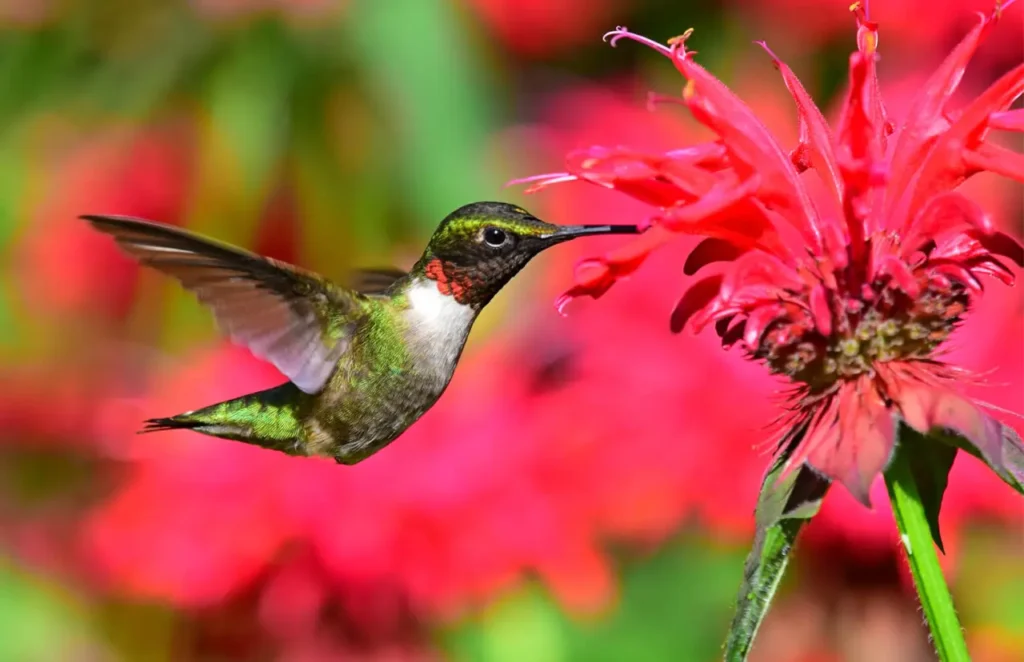
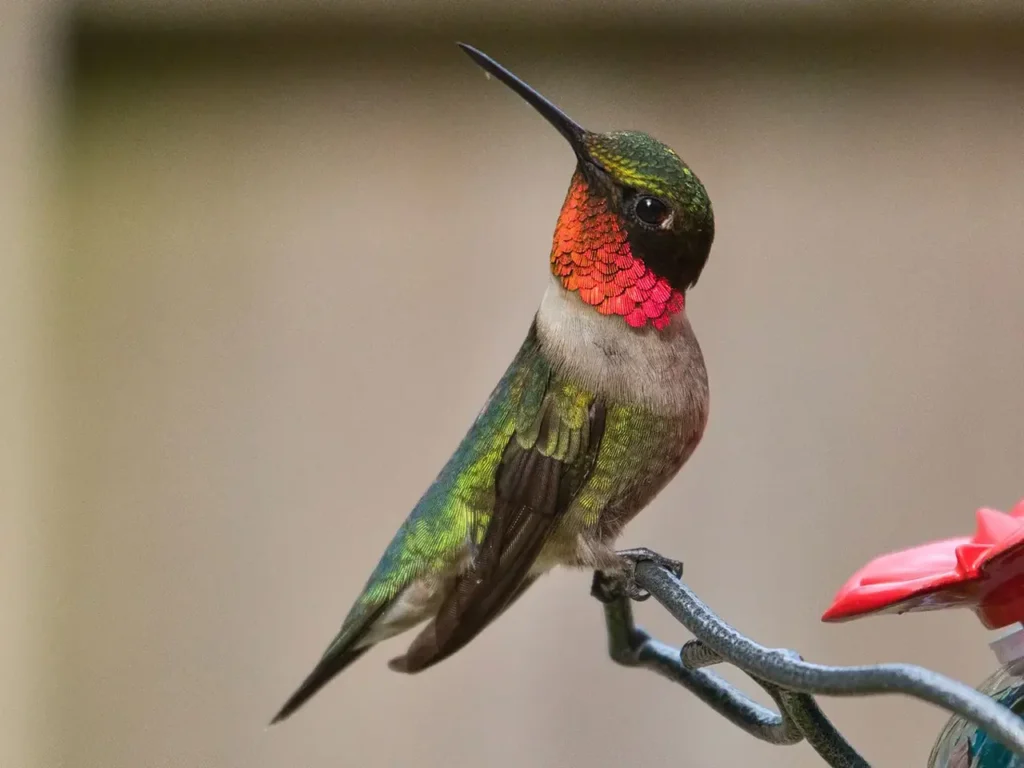
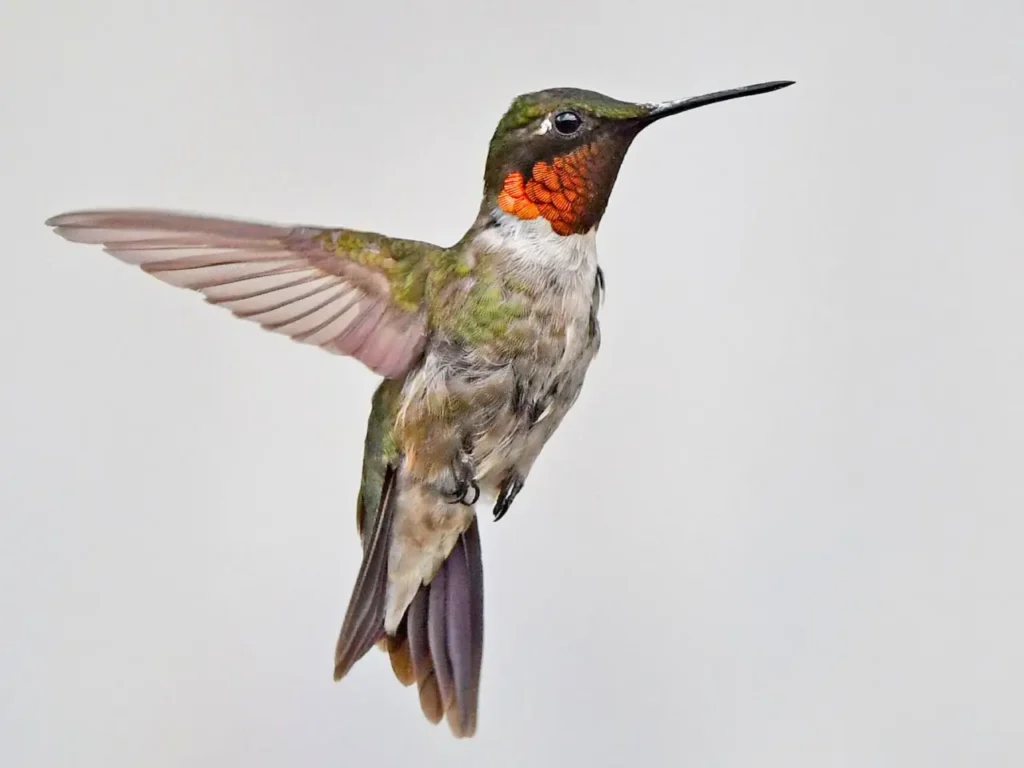
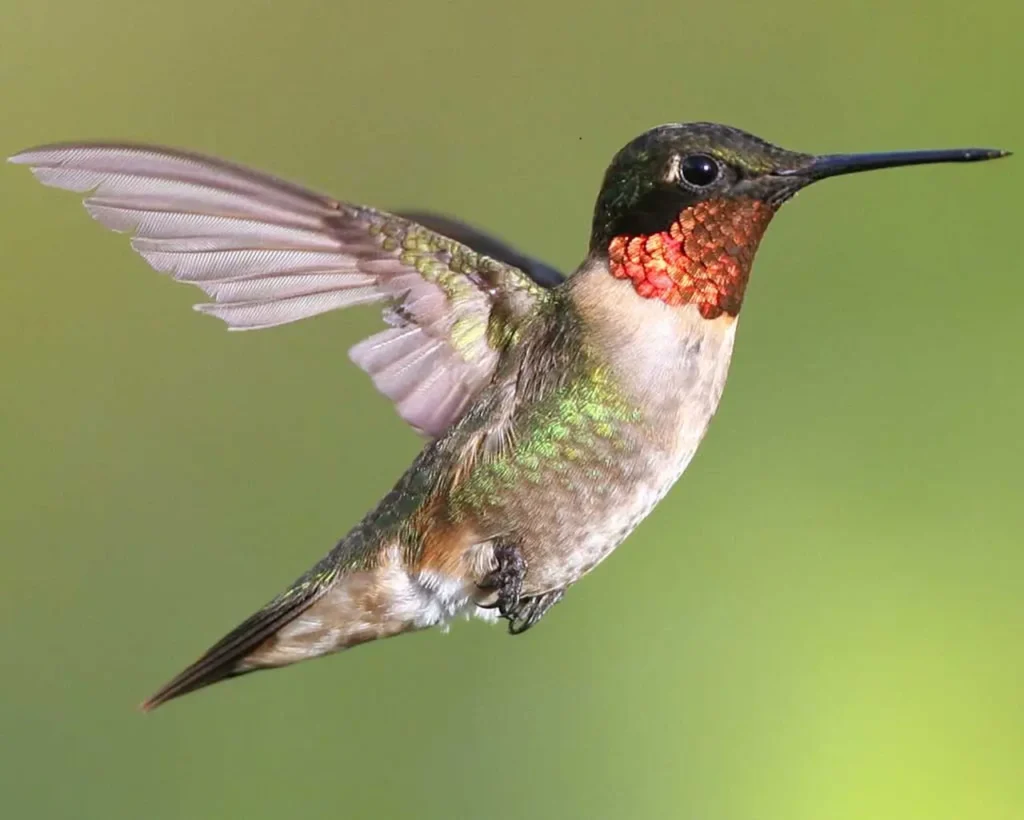
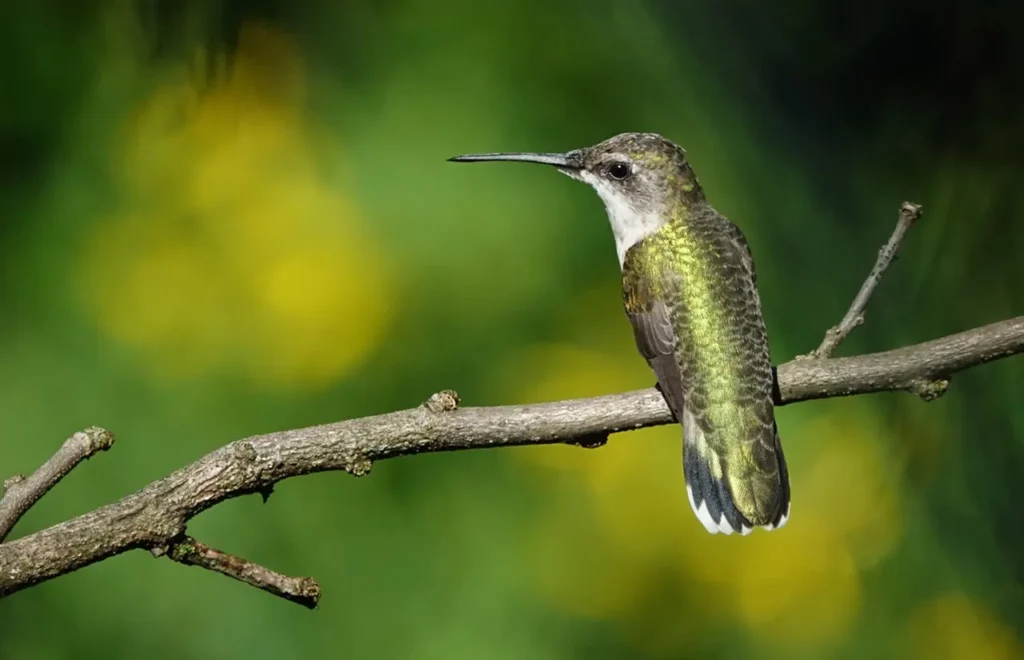

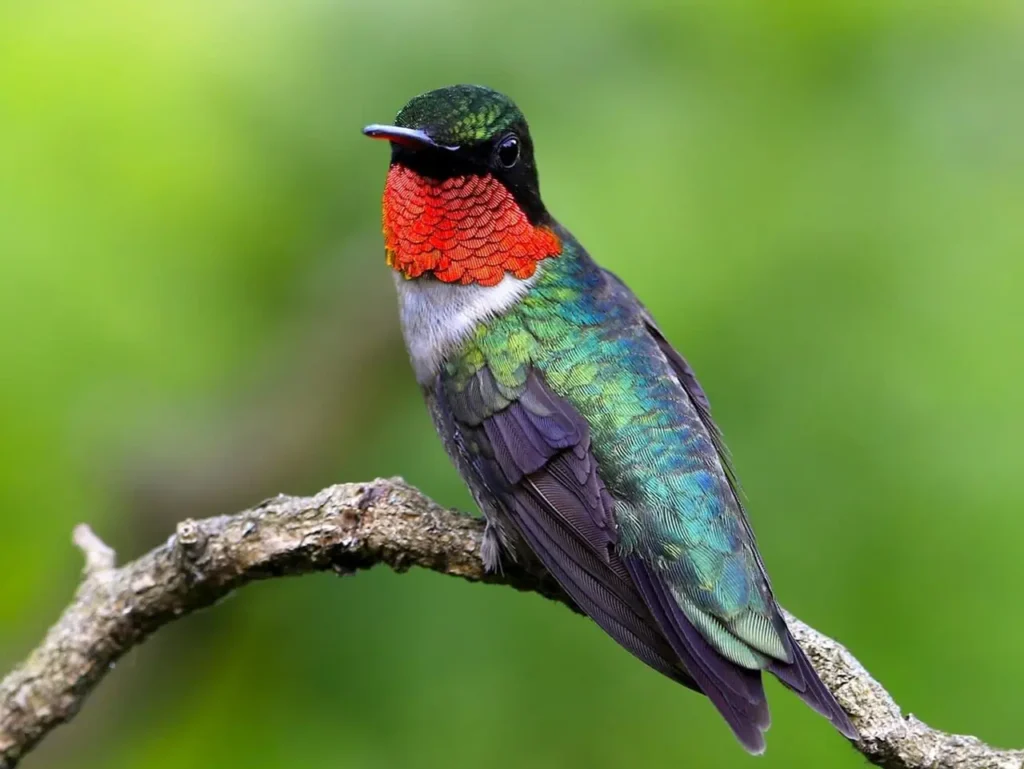
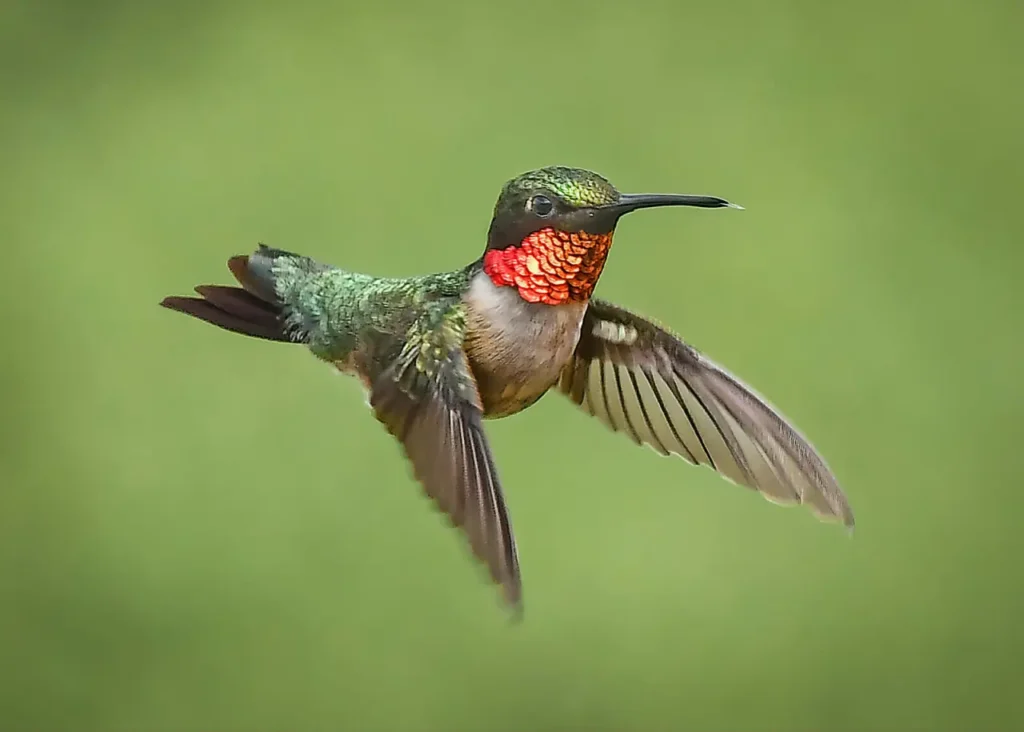
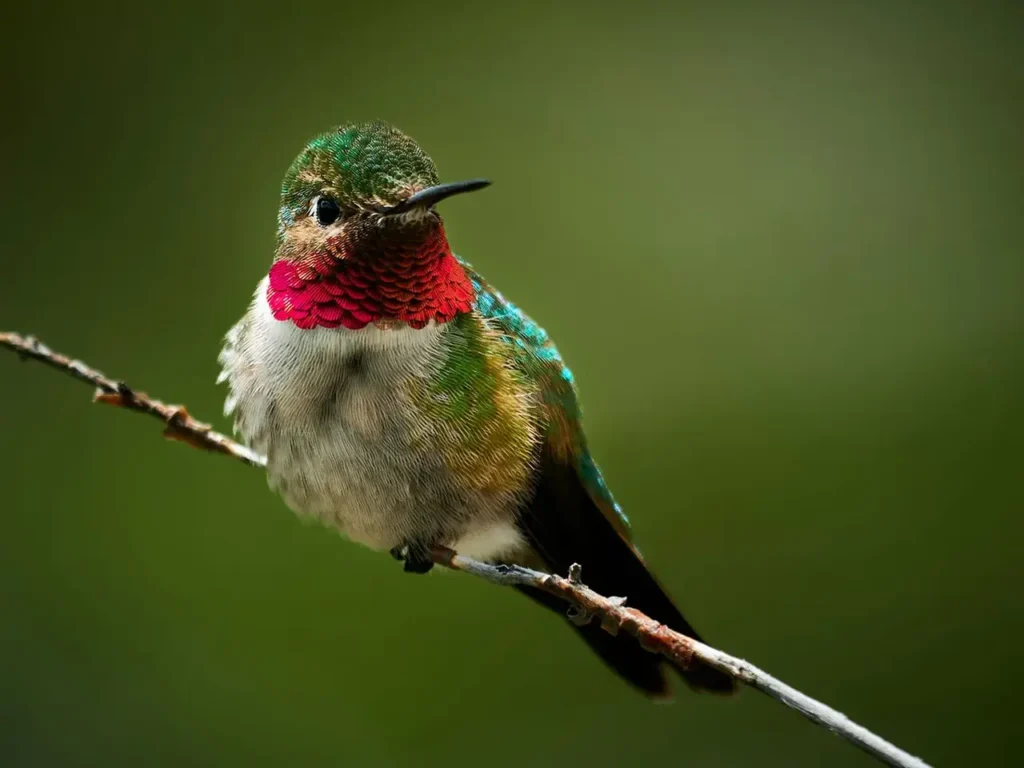

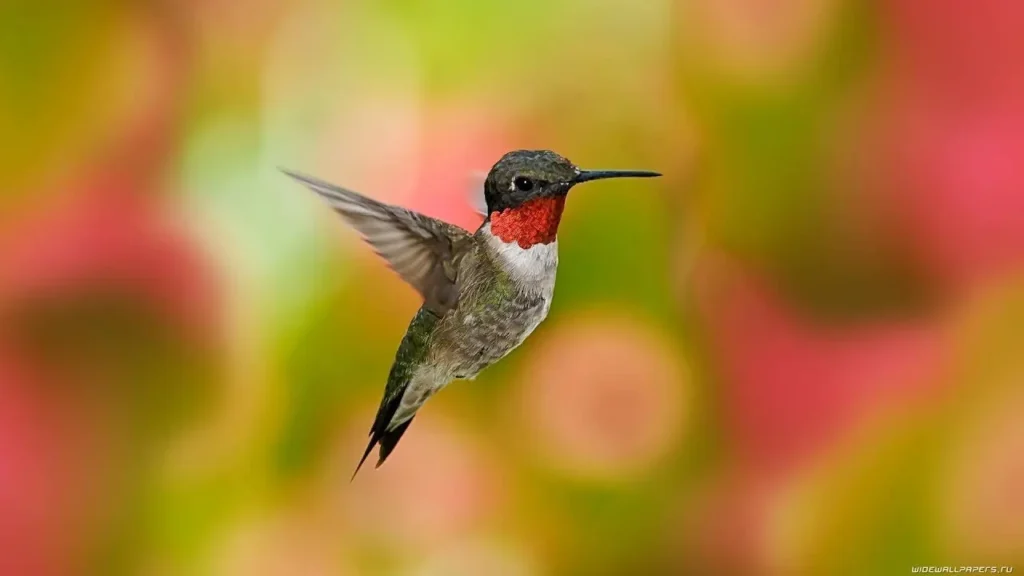
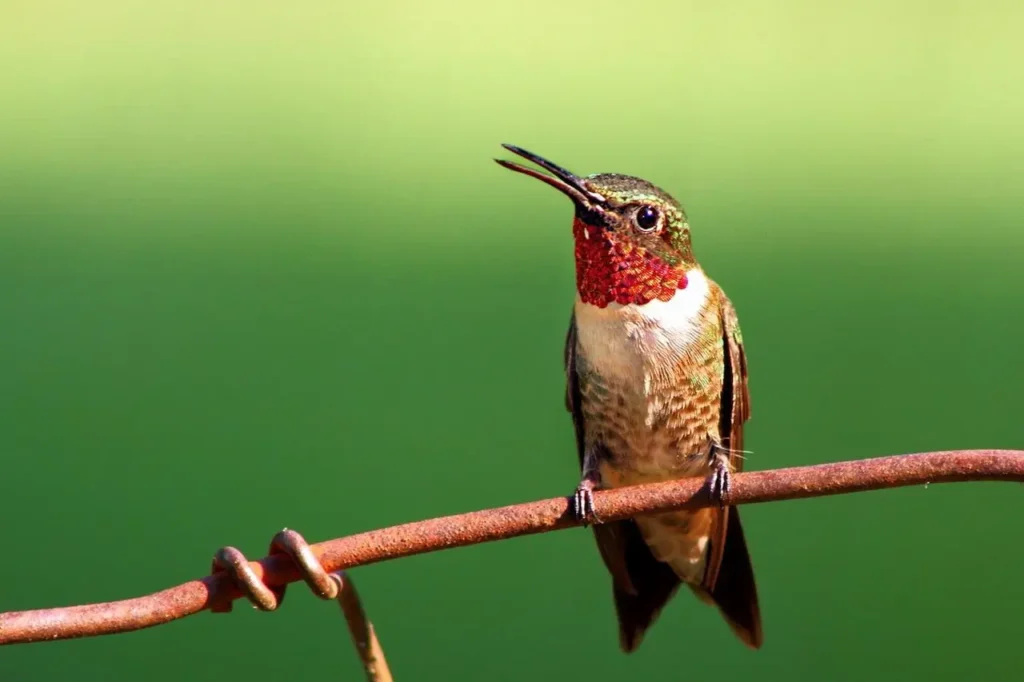
Appearance and Plumage
The Ruby-throated Hummingbird is a small species, measuring just 7 to 9 centimeters (2.7 to 3.5 inches) in length. Males boast vibrant colors, with emerald green feathers adorning their upperparts, while their throats shimmer with a vibrant ruby-red hue, catching the light with every movement. Females have a more subdued appearance, featuring green upperparts and a white or pale throat. Both sexes have long, slender bills perfectly adapted for sipping nectar from flowers.
Behavior and Feeding Habits
Ruby-throated Hummingbirds are known for their extraordinary flight abilities and agility. With their wings beating up to 50 times per second, they can hover in mid-air, fly backward, and change direction with remarkable precision. Their rapid wingbeats produce a distinctive humming sound, from which they derive their name.
Feeding primarily on nectar, Ruby-throated Hummingbirds play a crucial role in pollination. They have long beaks and specialized tongues that allow them to access the nectar hidden within tubular flowers. Additionally, they consume small insects and spiders, providing a source of protein and essential nutrients.
Migration and Habitat
Ruby-throated Hummingbirds are known for their remarkable migratory journey. They breed in the eastern parts of North America, from the southern regions of Canada to the Gulf Coast of the United States. During the winter months, they undertake an incredible non-stop migration across the Gulf of Mexico to reach their wintering grounds in Central America and parts of Mexico. This journey, spanning thousands of kilometers, showcases their endurance and navigational skills.
Their breeding habitat includes deciduous and mixed forests, as well as gardens and meadows, where they find suitable nesting sites and abundant nectar sources. During migration, they also rely on various stopover sites with abundant food resources to refuel for their long journey.
Conservation and Protection
The Ruby-throated Hummingbird population is considered stable, but it faces threats due to habitat loss, pesticide use, and climate change. To support these charismatic birds, it is crucial to create and maintain suitable habitats by planting native flowering plants and avoiding the use of pesticides. Providing feeders with sugar water (using a mixture of four parts water to one part white granulated sugar) can supplement their natural nectar sources during migration and breeding seasons.
The Joy of Observation
The Ruby-throated Hummingbird’s small size, vibrant colors, and astonishing flight capabilities make it a favorite subject for birdwatchers and photographers. Observing their aerial acrobatics and witnessing their interactions with flowers and other hummingbirds is a delightful experience that brings joy and awe to those fortunate enough to witness it.
The Ruby-throated Hummingbird, with its brilliant plumage, exceptional flight skills, and migratory feats, embodies the marvels of nature’s creation. Its presence in North America’s woodlands and gardens enriches our lives and reminds us of the intricate beauty and fragility of the natural world.
By providing suitable habitats, supporting conservation efforts, and enjoying the privilege of observing these remarkable creatures, we can ensure the continued existence and well-being of the Ruby-throated Hummingbird, perpetuating the wonder it brings to our lives for generations to come.
